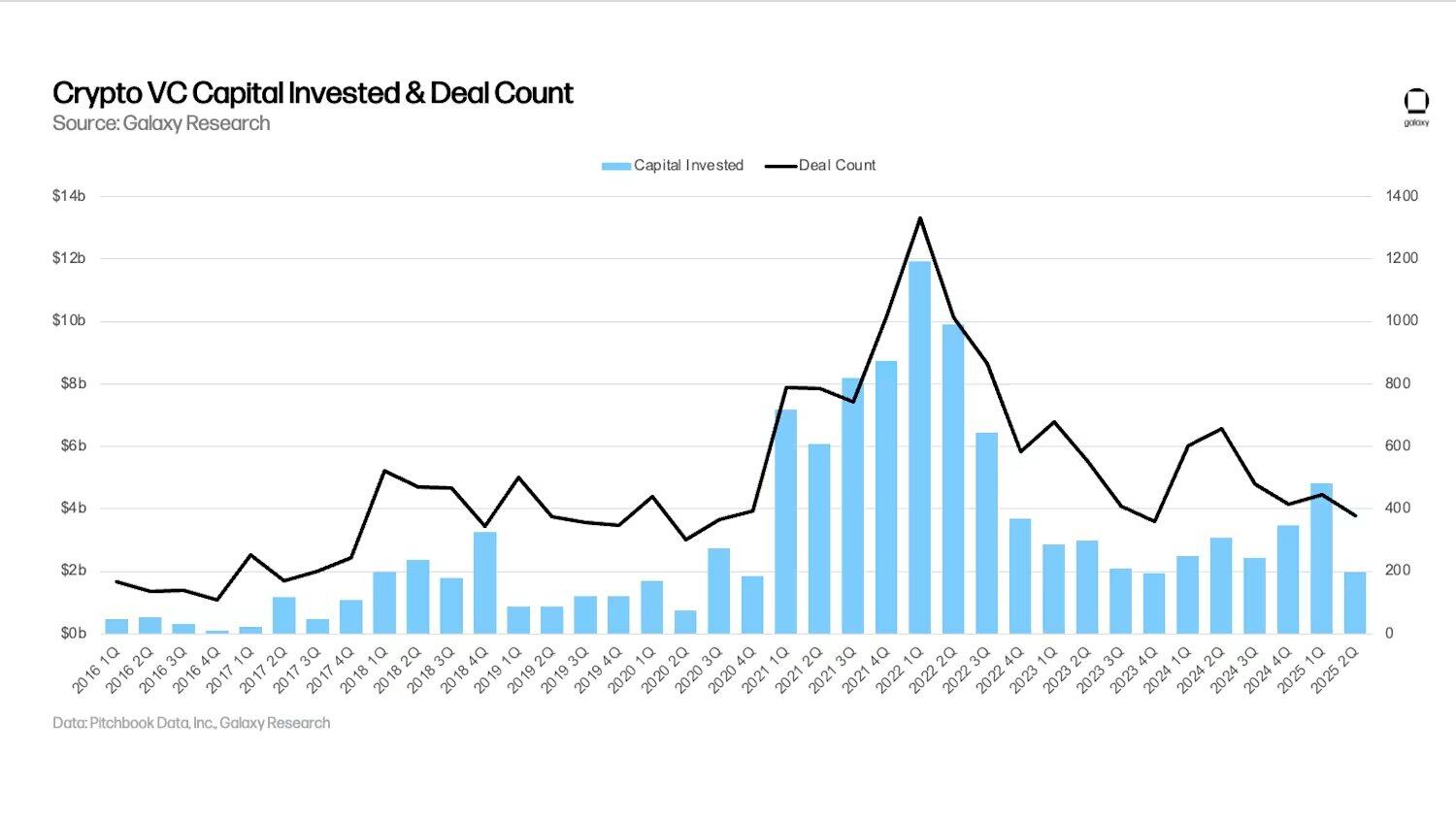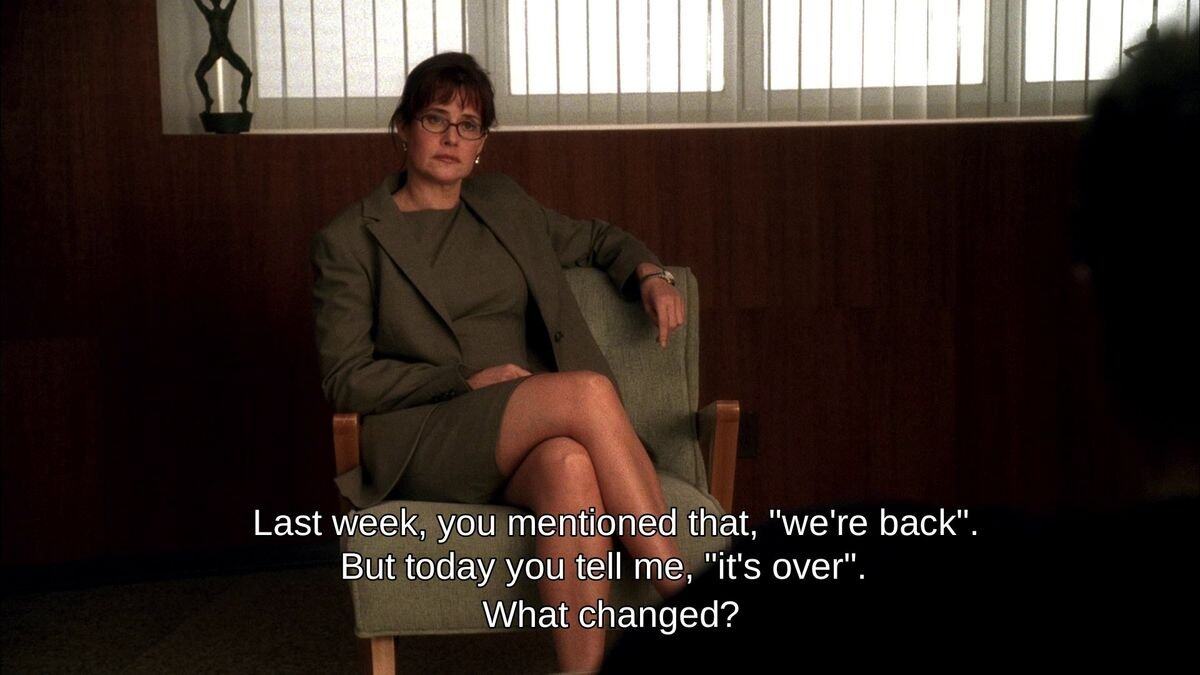Why are products in the crypto space so likely to fail to launch?
- 核心观点:加密行业周期过短阻碍长期产品建设。
- 关键要素:
- 加密周期缩至18个月。
- 资本追逐新叙事而非产品。
- 代币机制促早期退出。
- 市场影响:导致产品同质化与资源浪费。
- 时效性标注:长期影响。
Original text by rosie
Compiled by Odaily Planet Daily Golem ( @web3_golem )
Most of the crypto founders I know are now on their third transformation. This group developed NFT platforms in 2021, moved to DeFi yields in 2022, and then to AI agents in 2023/24. Now they're chasing this quarter's hottest trend (maybe prediction markets).
Their transformation wasn't wrong; in fact, in many ways, their strategy was correct. The problem is that this model itself makes it difficult to build any products that can thrive in the long term.
18-month product cycle
New concept emerges → Capital flows in → Everyone transforms → Continues to develop for 6-9 months → New concept disappears → Transformation again.
A crypto cycle used to last 3-4 years (during the ICO era), then shortened to 2 years, and now, with luck, a crypto cycle can last a maximum of 18 months. Crypto venture capital fell by nearly 60% in the second quarter of 2025, leaving crypto founders without enough time and money to develop before the next narrative forces them to transform again.

It's nearly impossible to build anything meaningful in 18 months. Real infrastructure takes at least 3-5 years, and achieving true product-market fit takes years, not just a few quarters of iteration.
However, if crypto founders continue using last year's narratives, they're wasting money, investors will abandon them, and users will churn. Some investors will even pressure crypto founders to conform to current trends, while their teams will begin evaluating investments in projects that have secured funding based on this quarter's hottest narratives.
Sunk cost fallacy as a survival mechanism
Traditional business advice advises against falling into the sunk cost fallacy: if a project doesn't work, immediately switch to another. However, the crypto space has completely fallen into this trap, treating the sunk cost fallacy as a survival mechanism. Now, no one persists long enough to validate what they're doing ; instead, they switch at the first sign of resistance—slow user growth, difficulty in securing funding—all of which lead to a shift in strategy.
Every crypto founder makes this trade-off:
- Continue developing the existing product; success may come in 2-3 years. With luck, you might even secure another round of funding.
- Shift to the popular narrative: secure immediate funding, showcase paper profits, and exit before anyone realizes it's not working.
The second option wins in the vast majority of cases.
The project is always nearing completion.
Few crypto projects actually deliver on their roadmaps. Most are always in a "near completion" state, missing just one feature to achieve product-market fit. They never truly come to fruition because halfway through, the market winds shift, and overnight, completing your DeFi protocol becomes meaningless, as everyone's talking about AI proxies.
The market will punish completed projects. This is because a finished product has its known limitations, while a product that is "about to be completed" still has unlimited narrative potential.
Capital chases attention, not completion.
In the crypto space, if you have a new narrative, you can raise $50 million even without a product; if the narrative is established and the product is available, it may be difficult to raise even $5 million; if it's an old narrative, with a product and real users, then it may be impossible to raise funds at all.
VCs don't invest in products; they invest in attention. Attention flows to new narratives, not old ones. Most teams nowadays are focused solely on "narrative maximization," optimizing for which story will attract funding, without caring what they're actually doing. Completing projects limits you, while abandoning them gives you more options.
Team retention rate
If you're a crypto founder, once a new narrative emerges, your top developers might be poached for hot new projects with double the salary, and your head of marketing might be snatched up by a company that just raised $100 million. You can't compete because you abandoned the hot narrative six months ago to truly finish the project you started.
Nobody wants to participate in boring, stable projects. What they want are chaotic, well-funded projects that might collapse but could potentially yield tenfold returns.
User attention duration
Crypto users sometimes use a product simply because it's new, because everyone's talking about it, or because there might be an airdrop. Once the narrative shifts, they leave, and no one cares whether the product is subsequently improved or whether the features they requested are added.
In fact, we cannot build sustainable products for unsustainable users. Some crypto founders have repeatedly shifted their focus to such an extent that they themselves have forgotten their original goals.
Decentralized social networks → NFT market → DeFi aggregator → gaming infrastructure → AI agent → prediction market... Transformation is no longer a strategic issue, but has become the core of the entire business model.

Infrastructure Paradox
In the crypto world, most things that endure are those established before cryptocurrencies gained widespread attention. Bitcoin was born when no one cared, without venture capital or ICOs. Ethereum was born before the ICO craze, before people foresaw the future of smart contracts.
Most things born during a hype cycle die out as the cycle ends, while those born before the cycle are more likely to succeed. However, the reality is that very few people develop a narrative before it even begins due to a lack of funding, attention, and exit liquidity.
Why is this situation so difficult to change?
Token-based incentives create liquidity exit opportunities. Founders and investors will do so as long as they can exit before the product matures.
Information and sentiment spread far faster than construction. By the time a project is completed, everyone knows the outcome. The entire value proposition of the crypto industry is evolving rapidly; to demand that crypto develop slowly is tantamount to demanding that it become something it was never meant to be.
This means that if you spend three years building a product, someone else can copy your idea and launch a product in three months with worse code and a better marketing strategy. Then they win.
Cryptocurrencies are difficult to build any long-term products because they are structurally at odds with long-term thinking.
You can be a principled founder who refuses to change course, remaining true to your original vision and spending years, not months, on development. But you're more likely to go bankrupt, be forgotten, and ultimately be replaced by those who changed course three times during the time it took to release the first version of your product.
The market doesn't reward completion, but rather the continuous creation of new things. Perhaps the true innovation in the crypto industry lies not in the technology itself, but in how to obtain the greatest value with the least investment.



